N.A. Sharova Regional Studies History of the USA

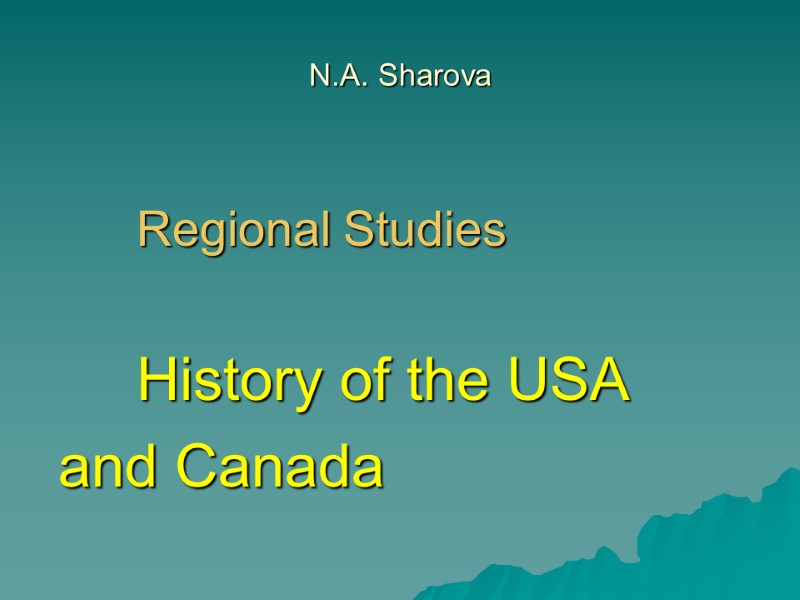
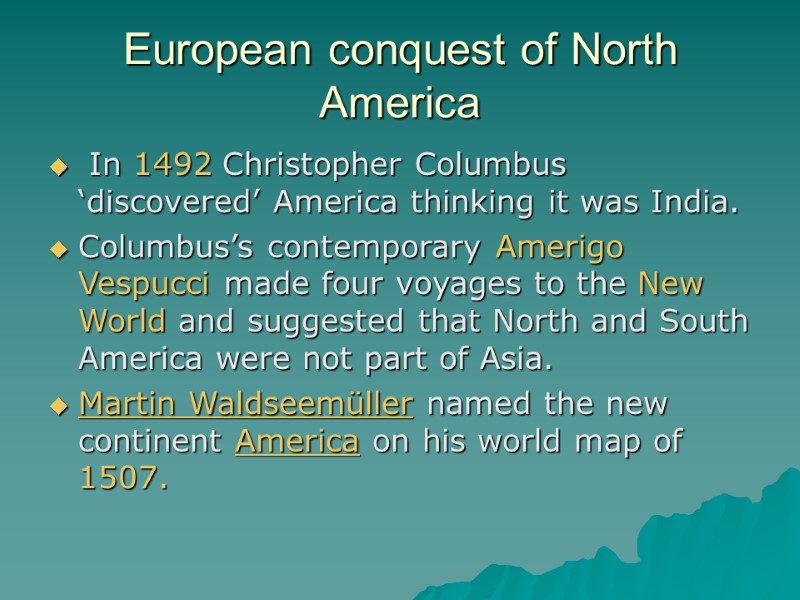
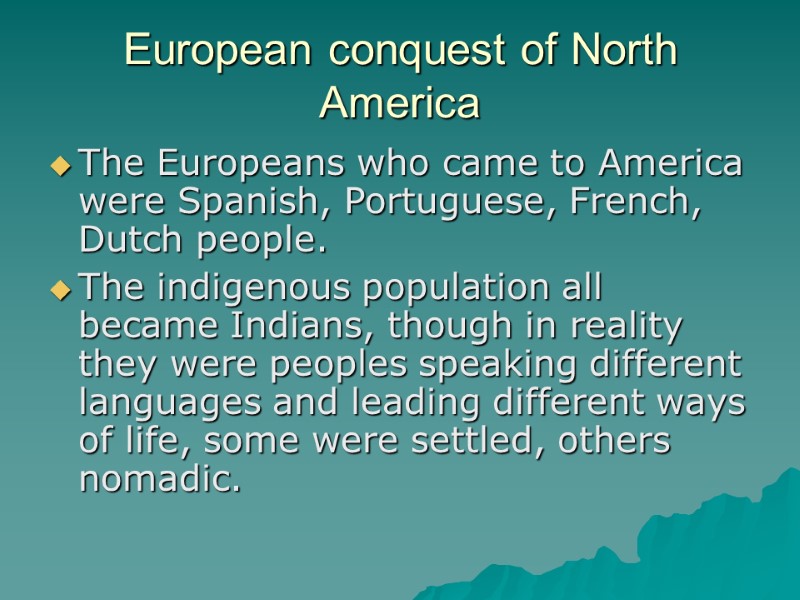
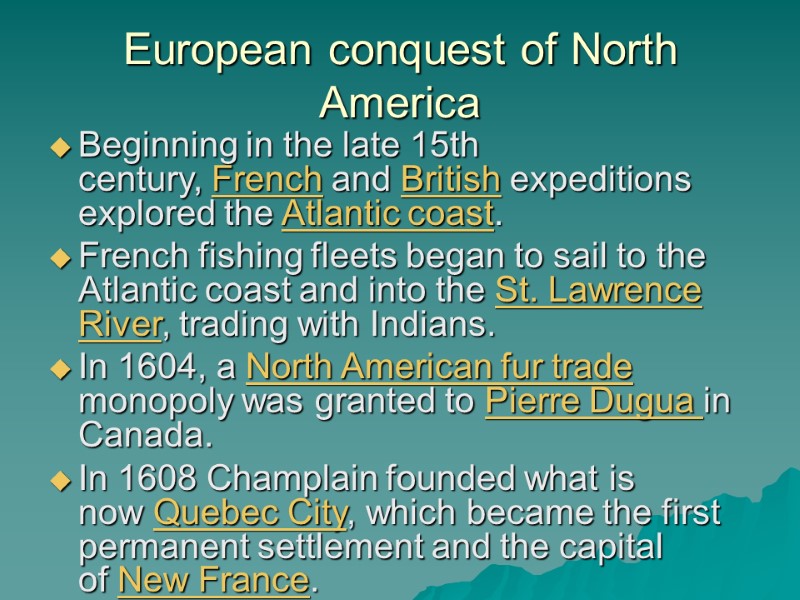
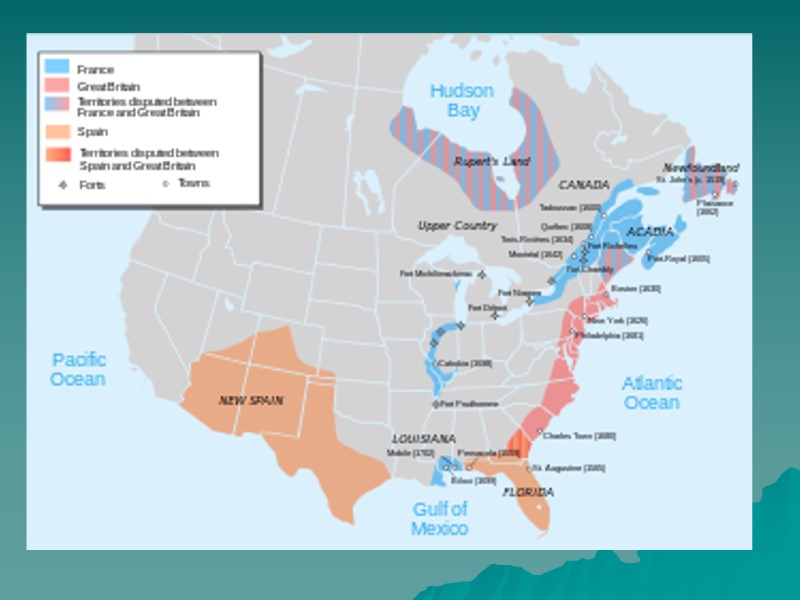
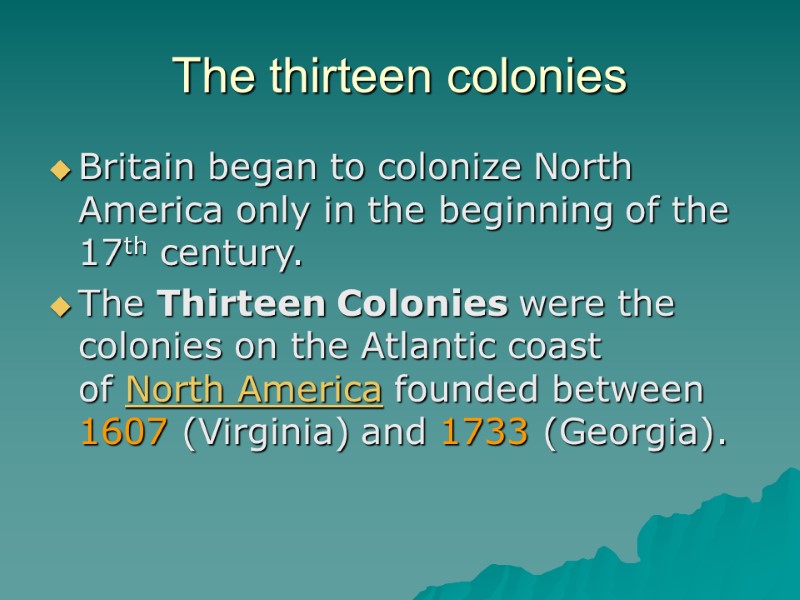
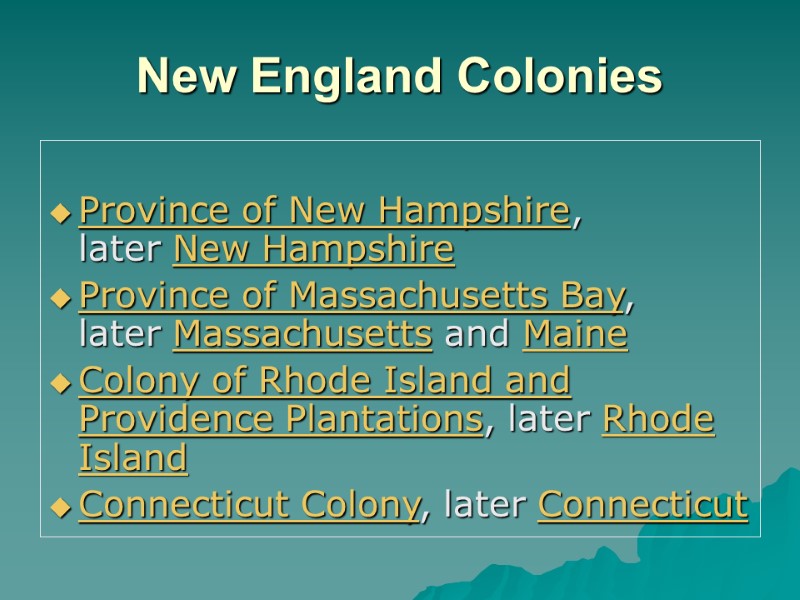
![Middle Colonies Province of New York, later New York and Vermont[3] Province of Middle Colonies Province of New York, later New York and Vermont[3] Province of](https://present5.com/presentacii-2/20171208\11028-history_of_the_usa_and_canada.ppt\11028-history_of_the_usa_and_canada_8.jpg)
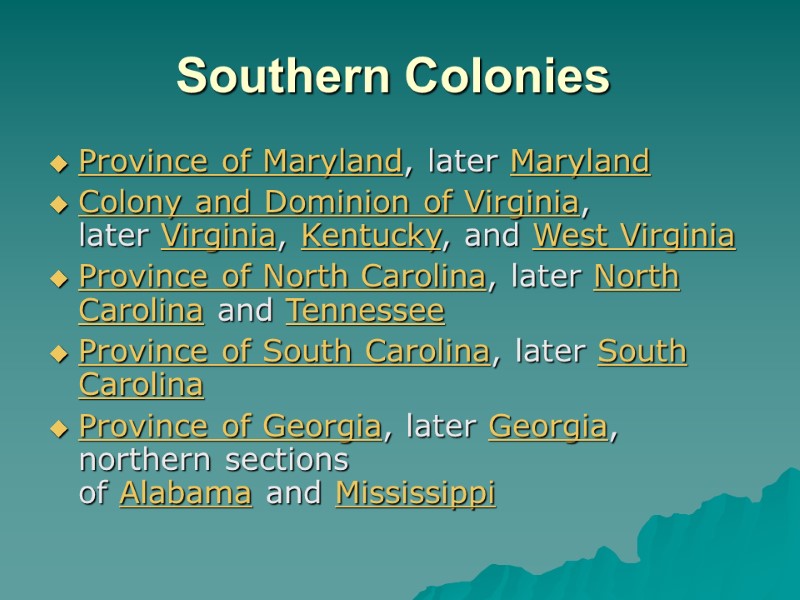
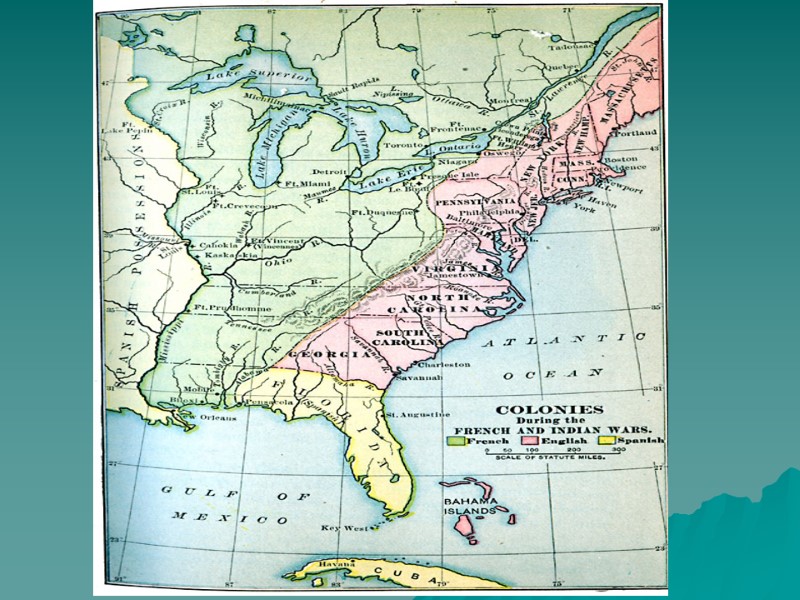
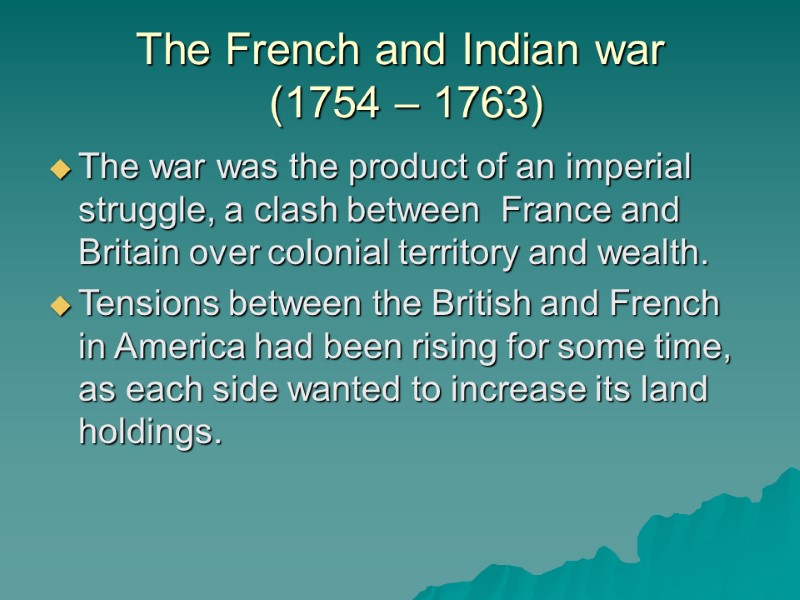
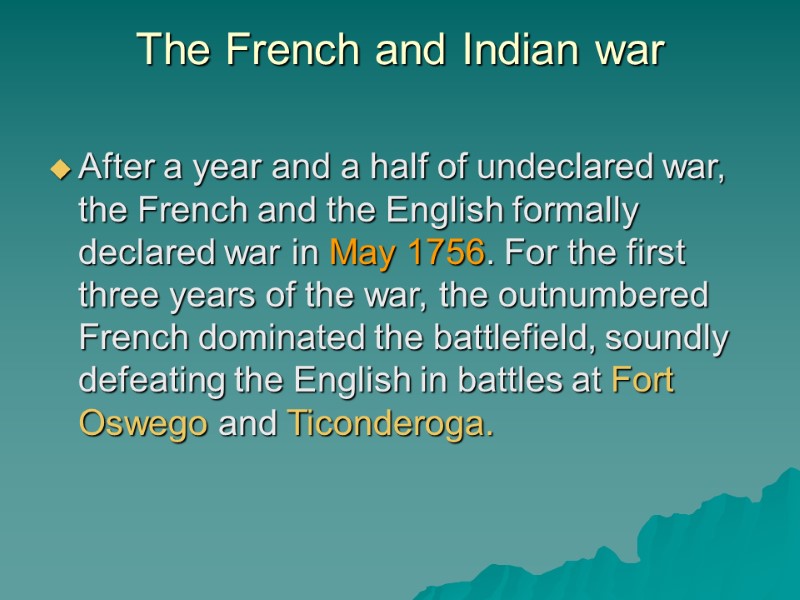
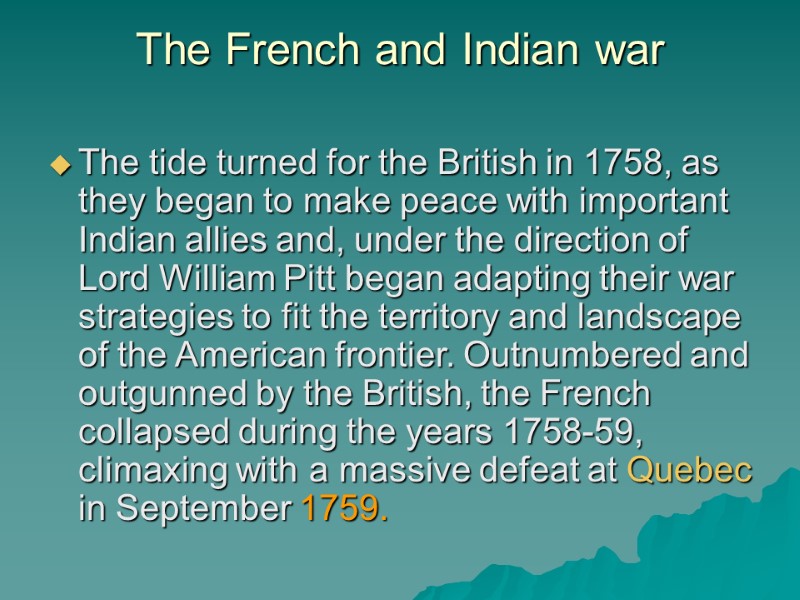

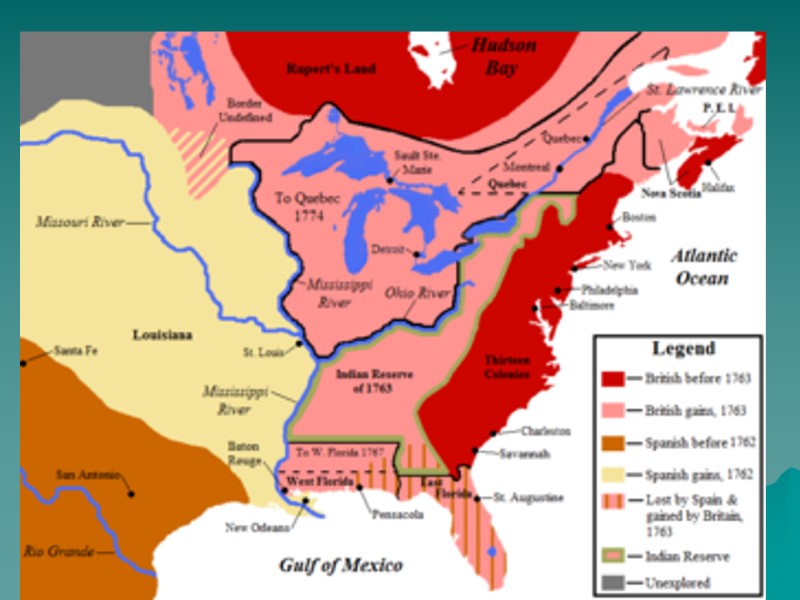
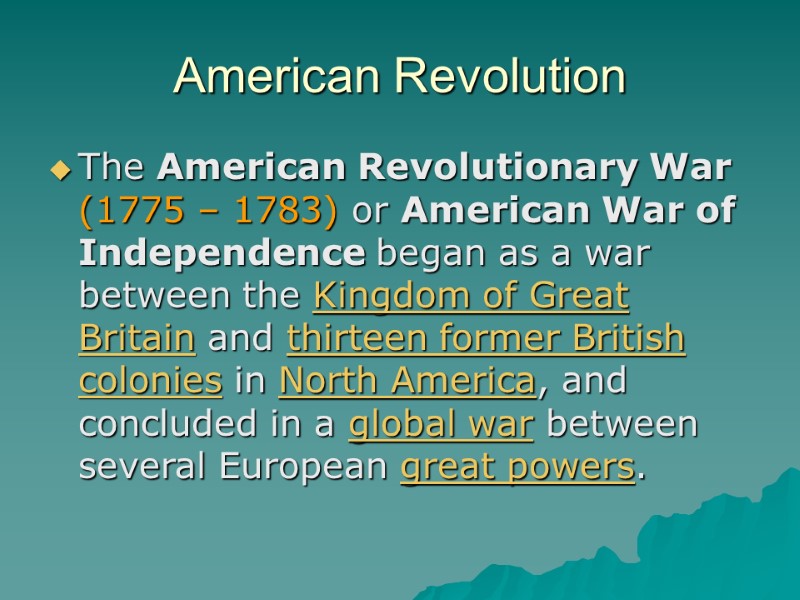
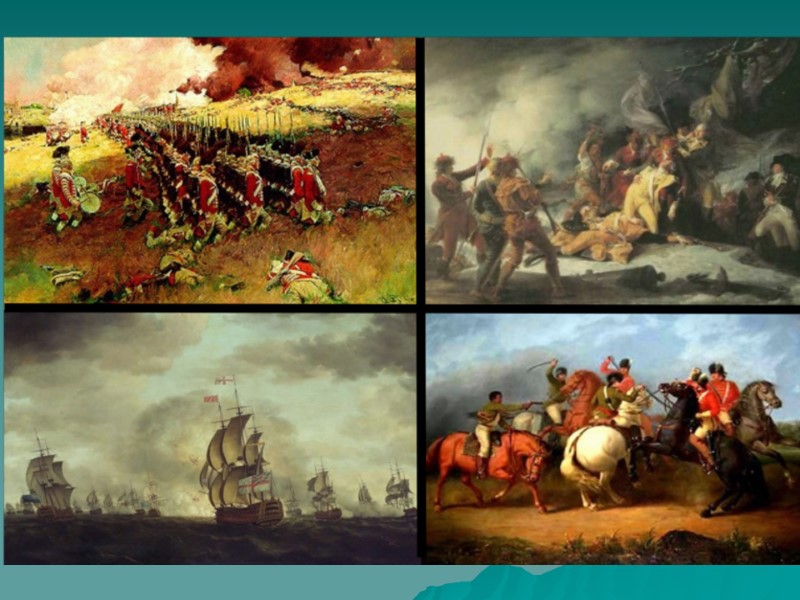
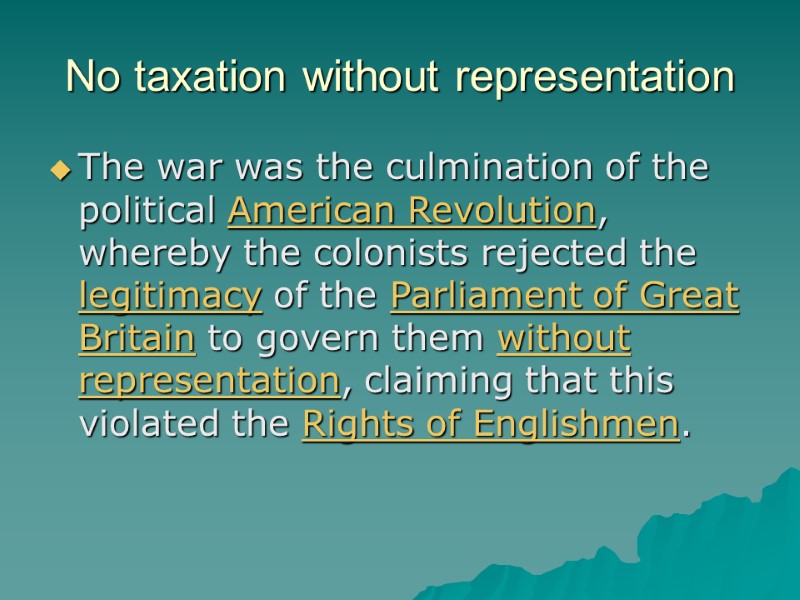
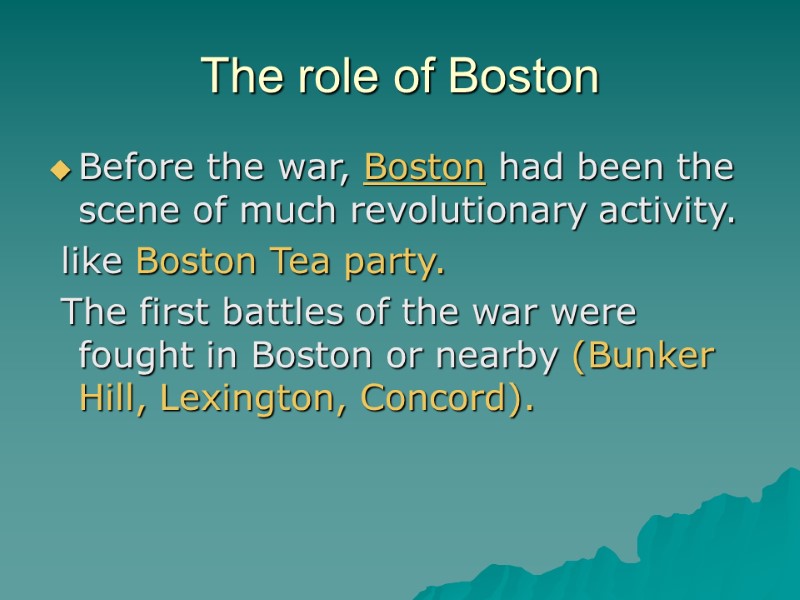
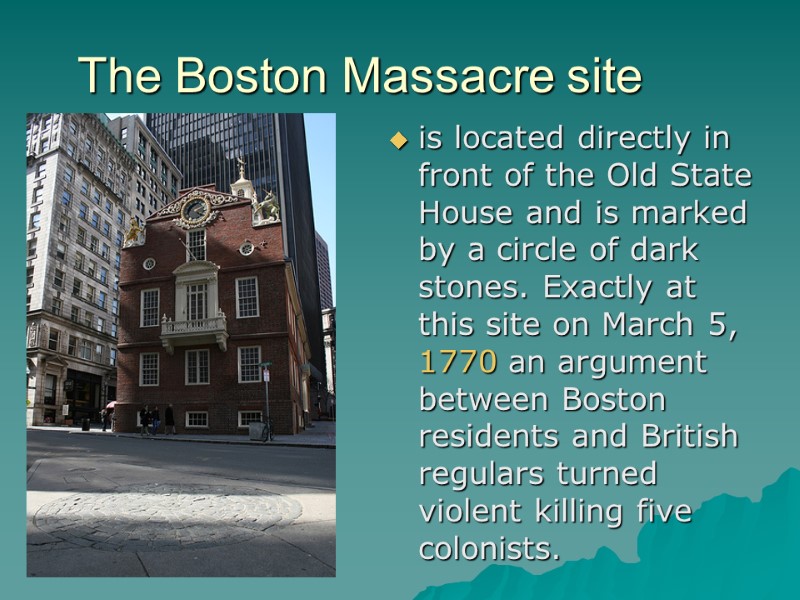
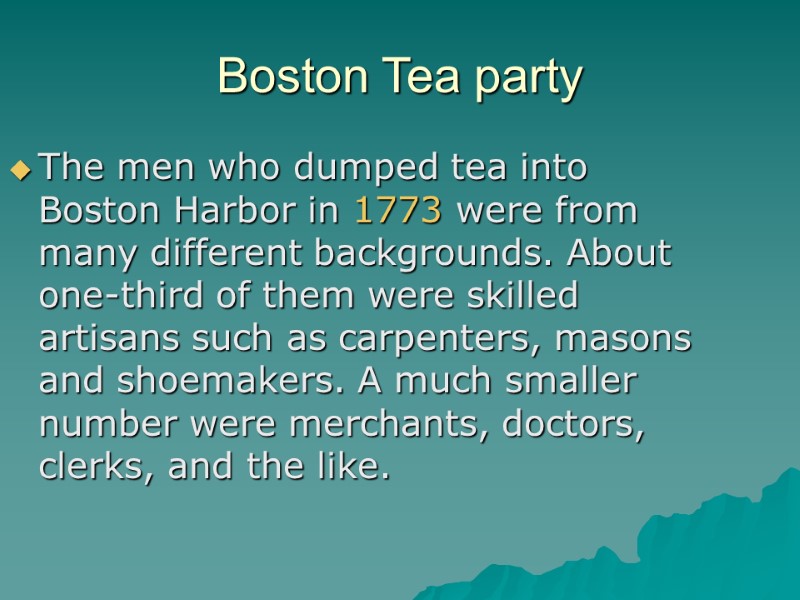
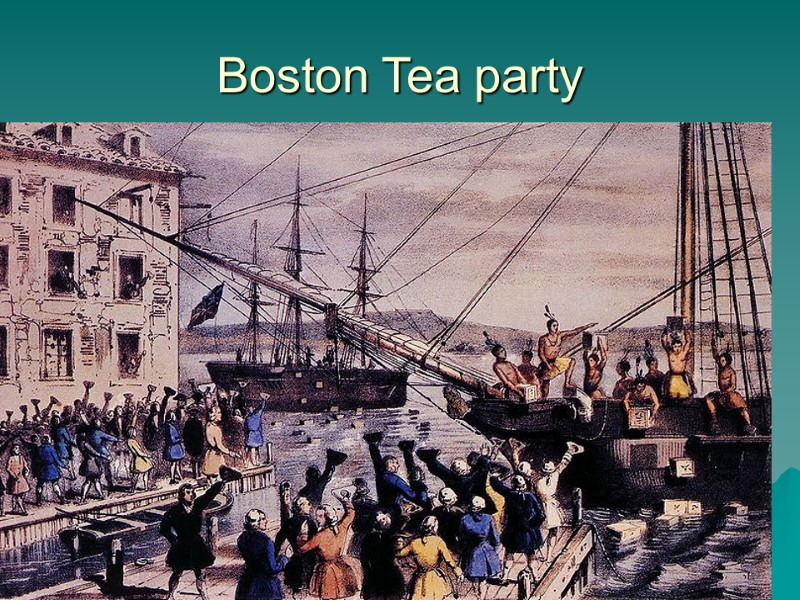
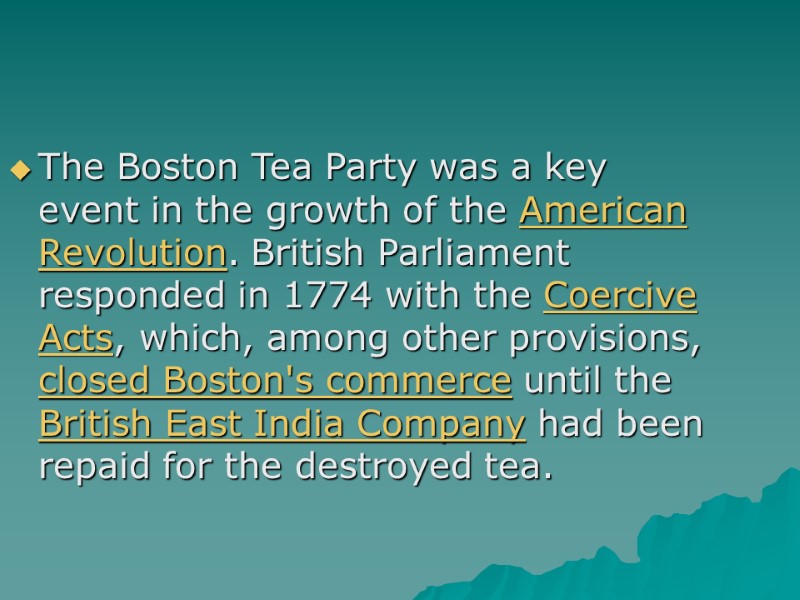
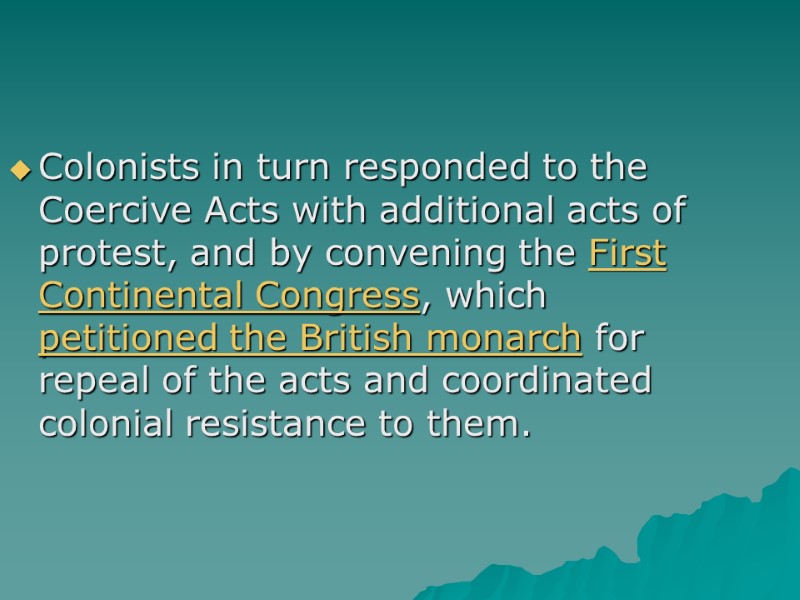
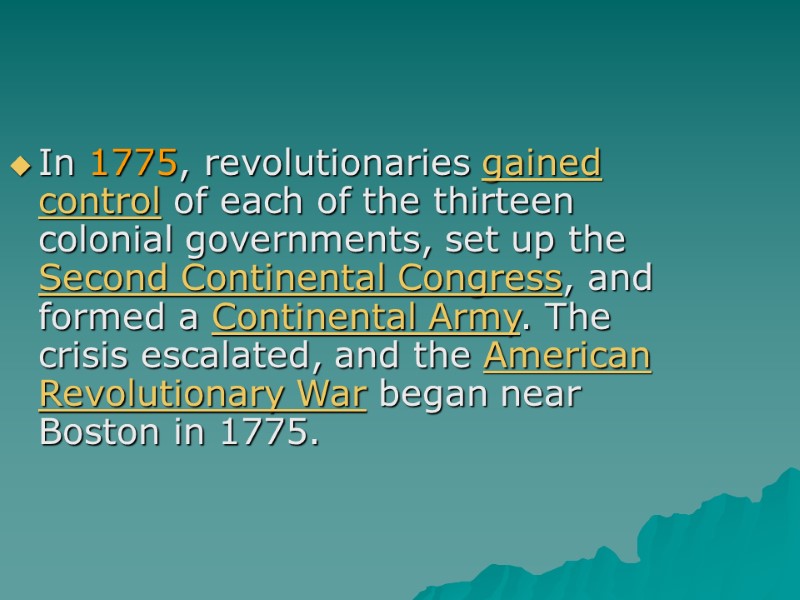
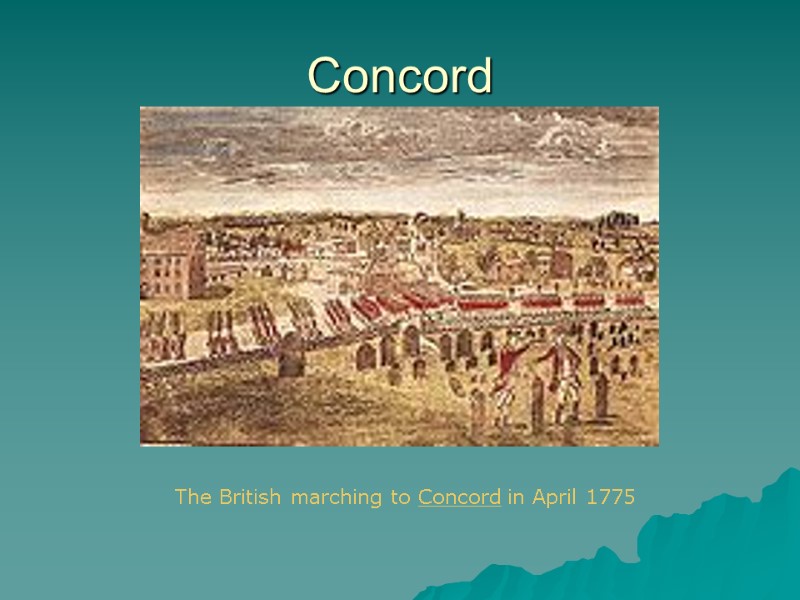
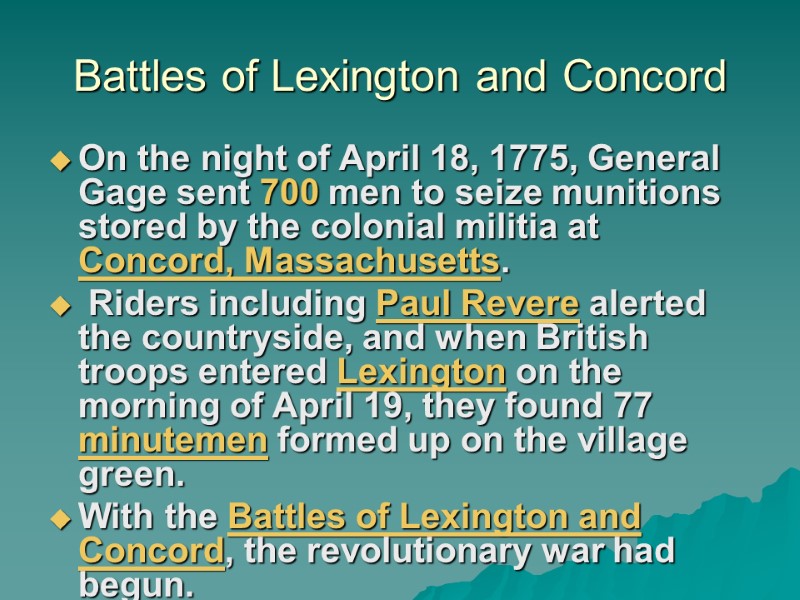
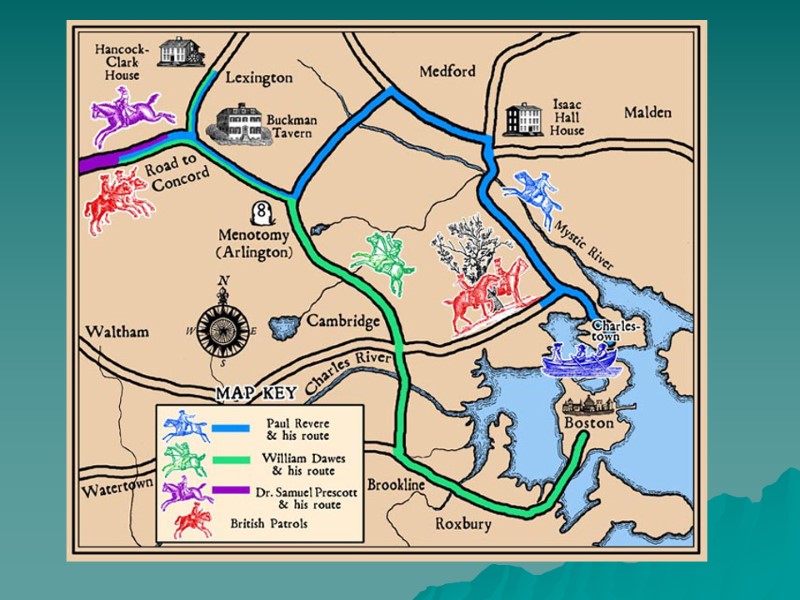
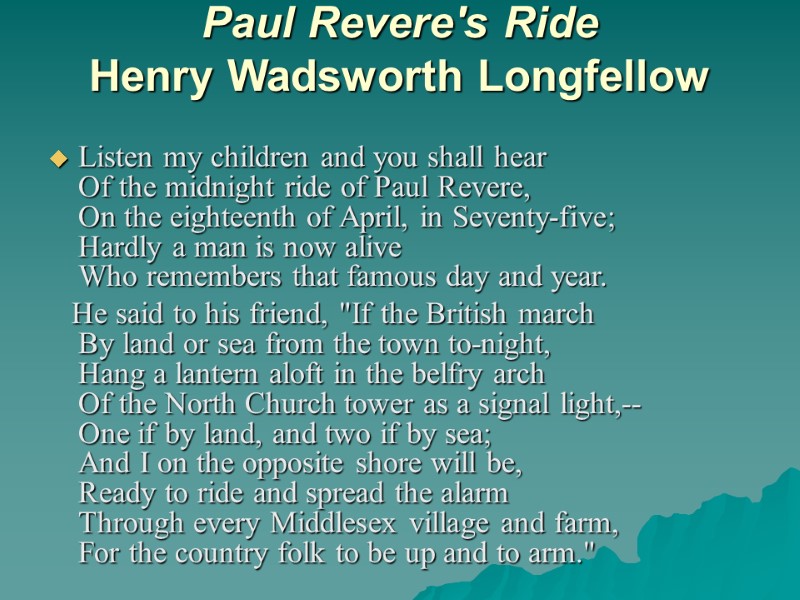
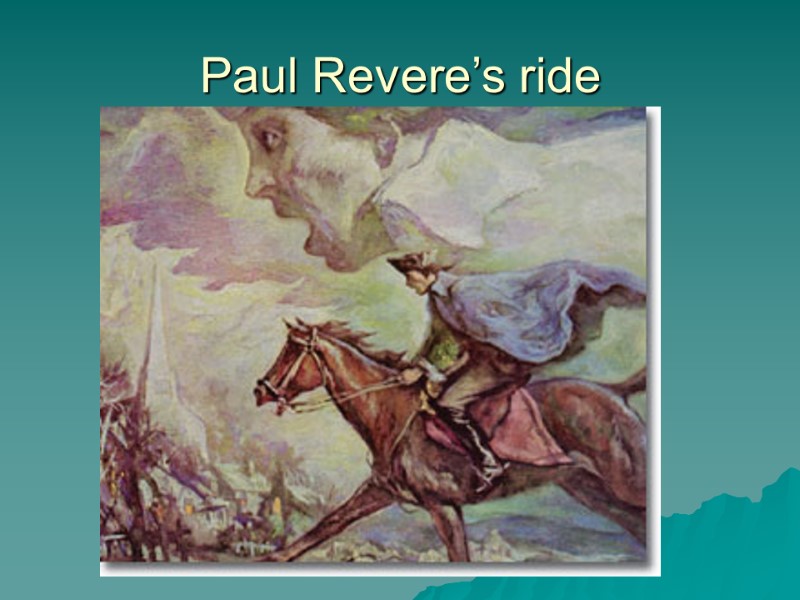
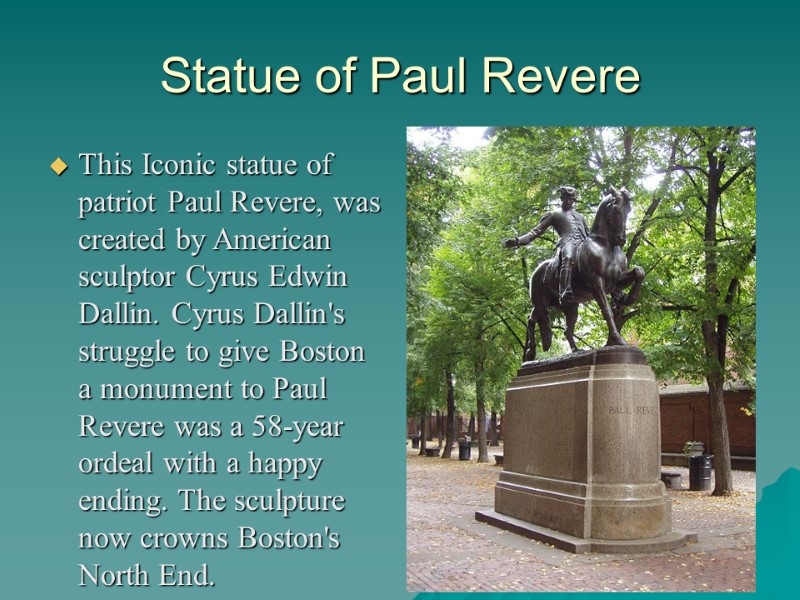
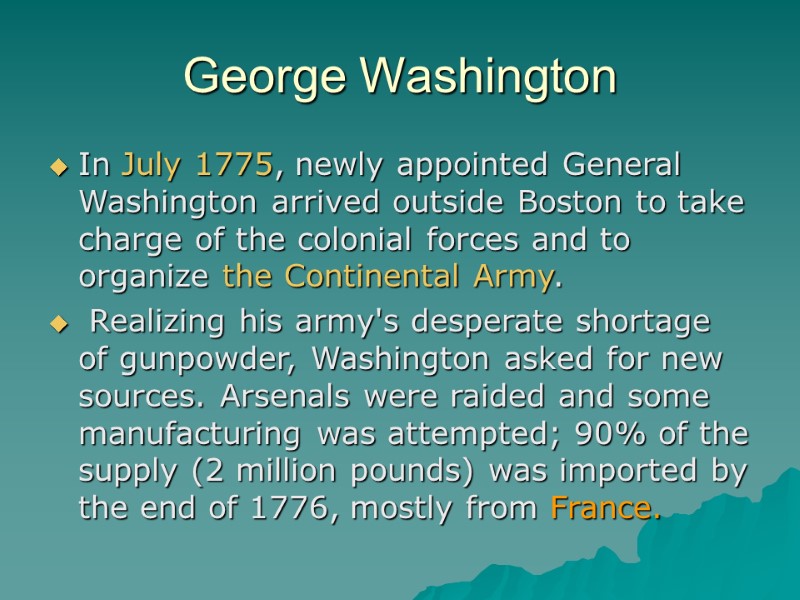
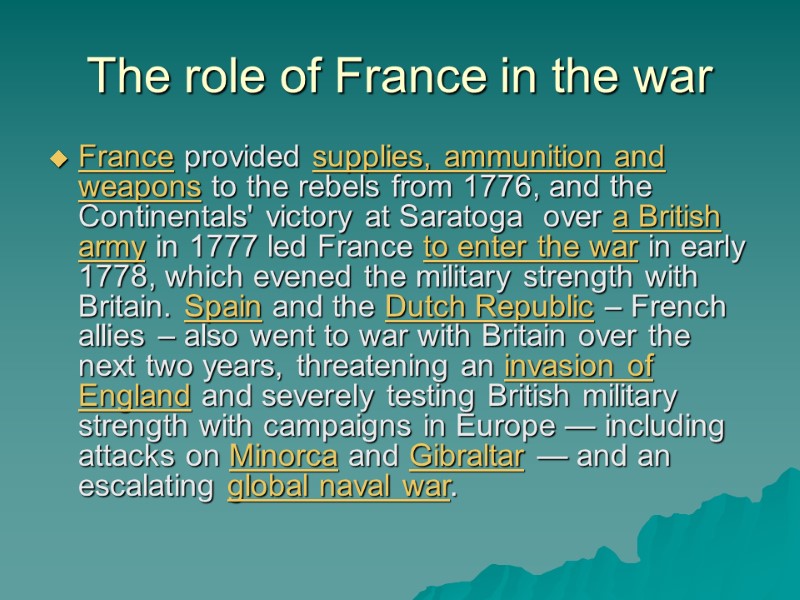
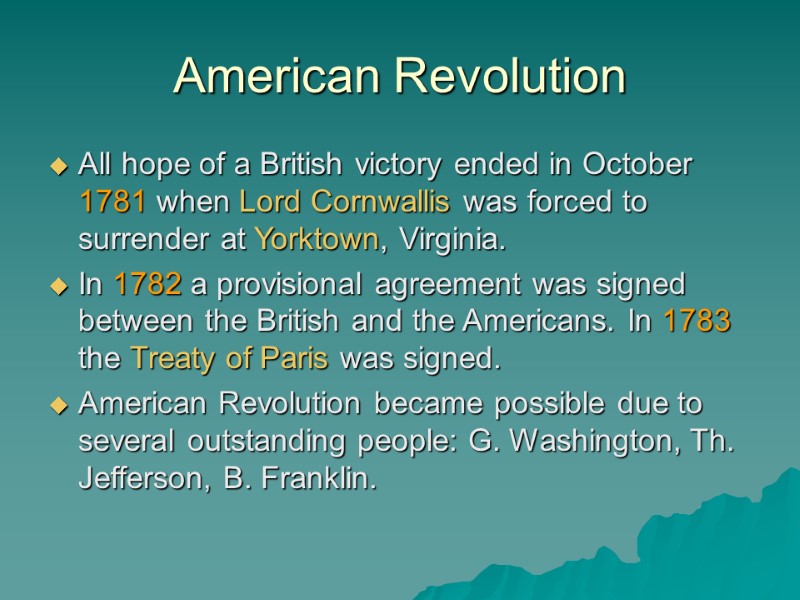
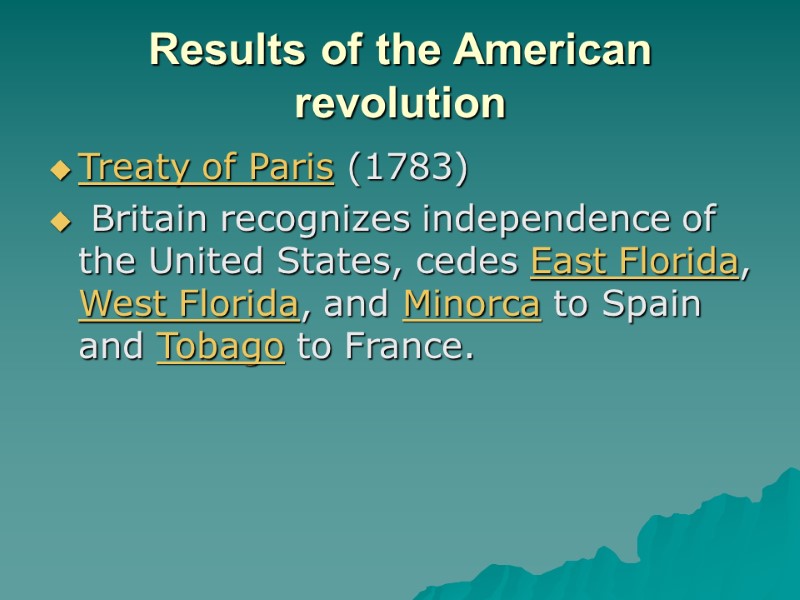
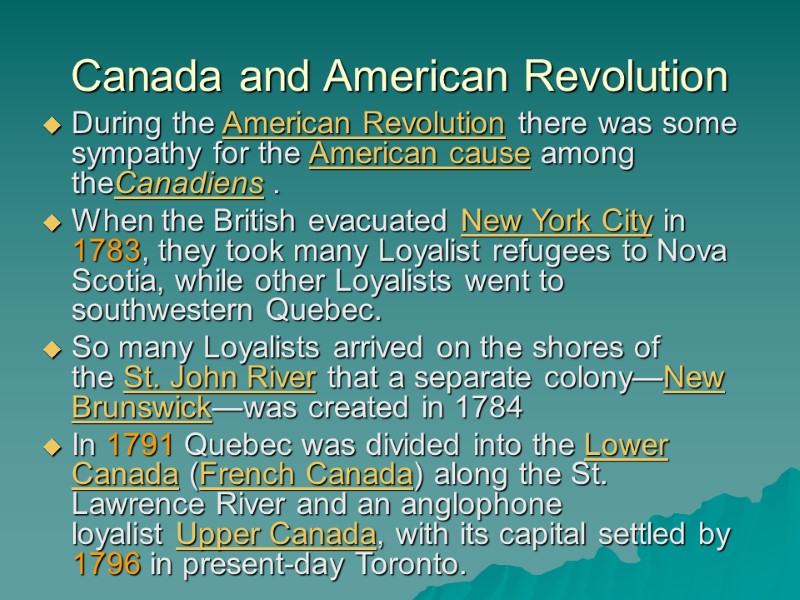
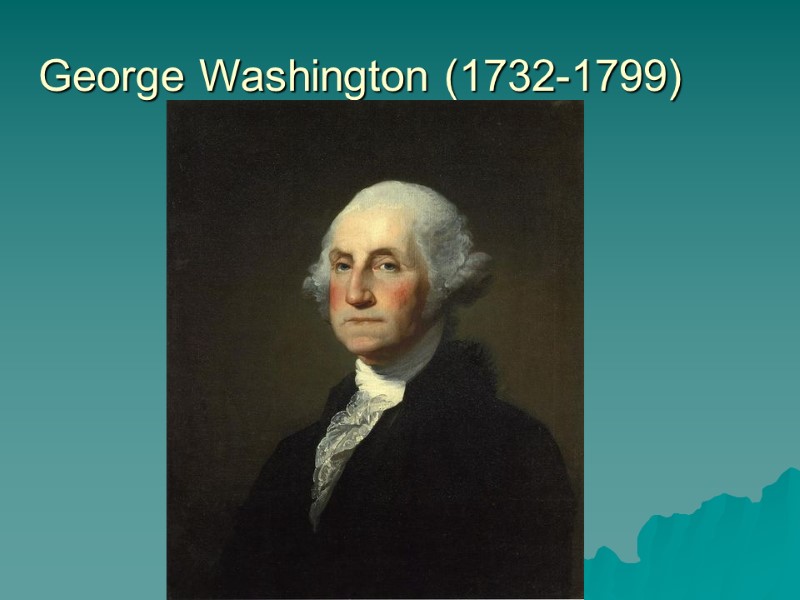
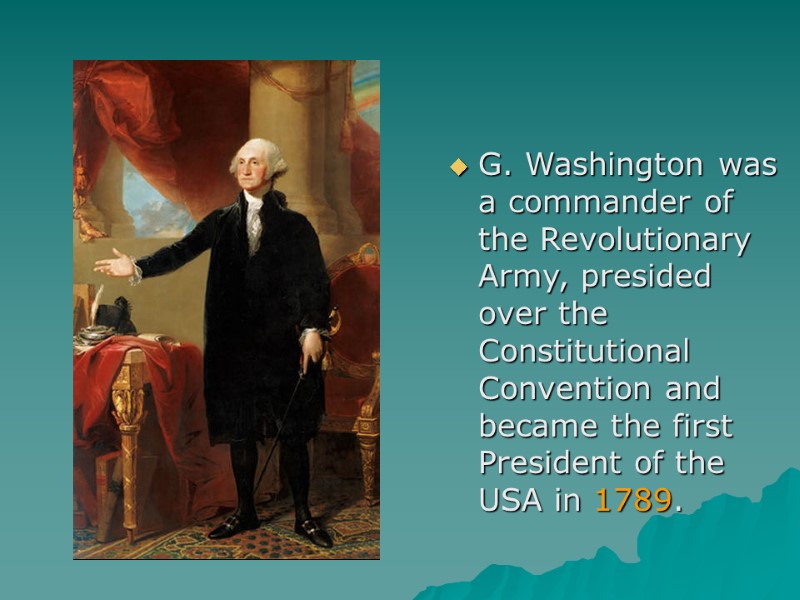
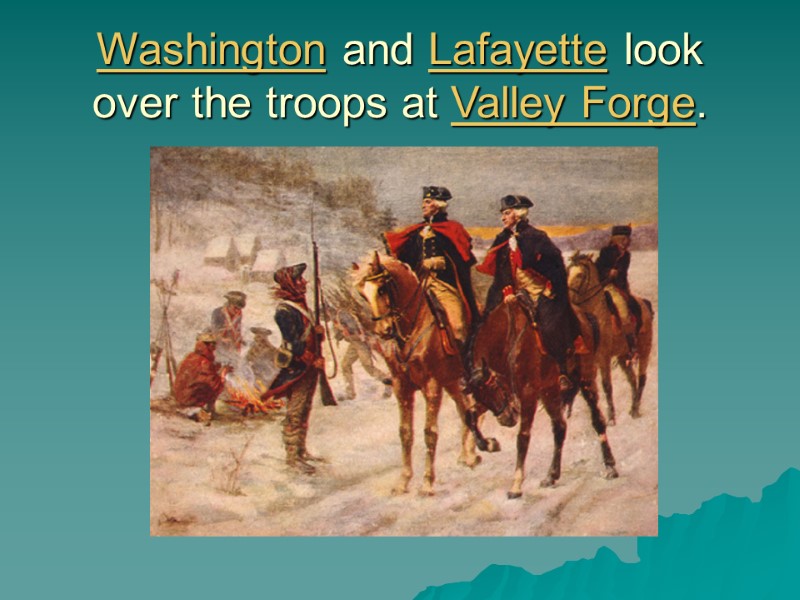
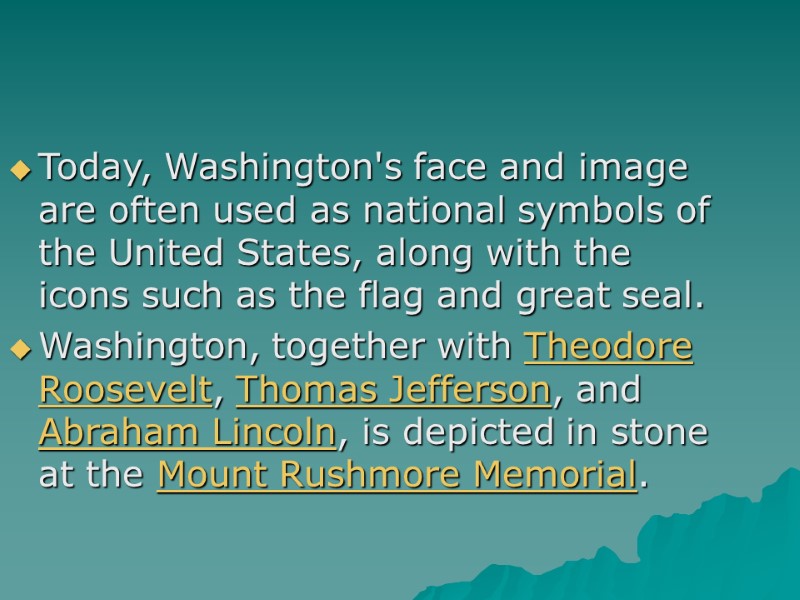
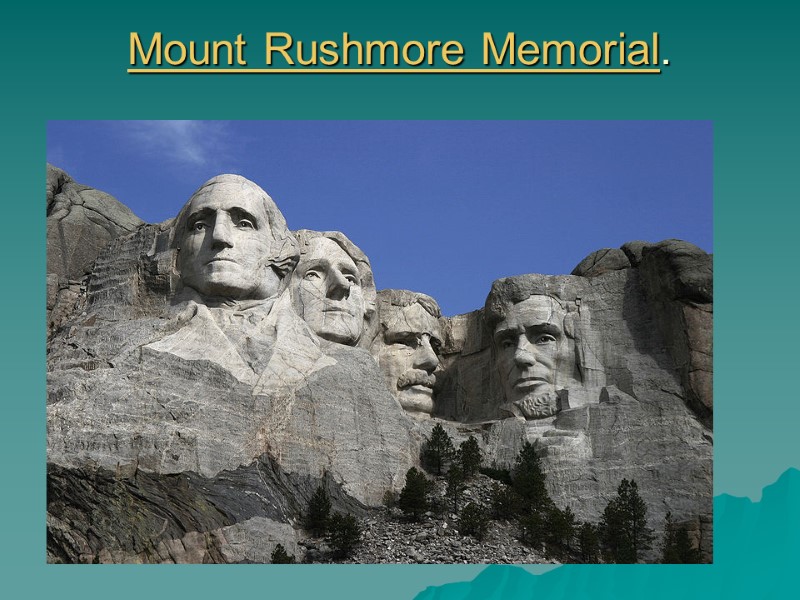
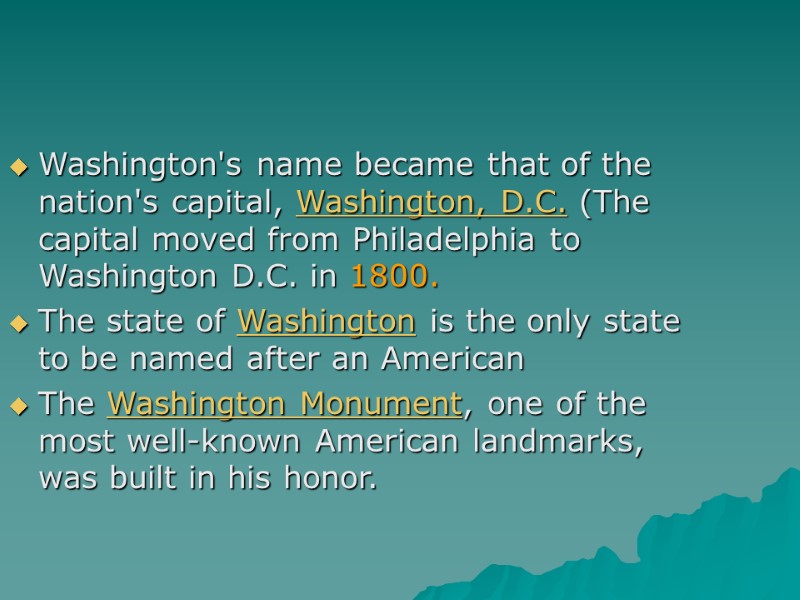
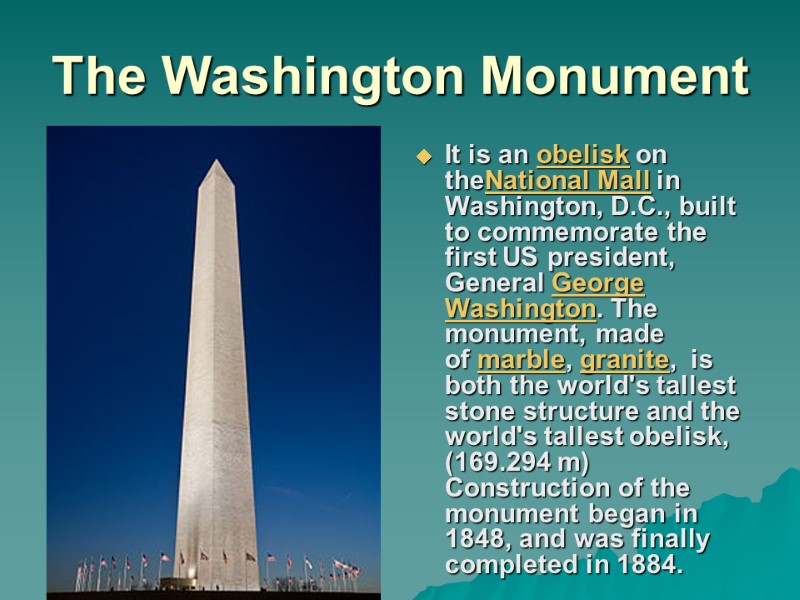
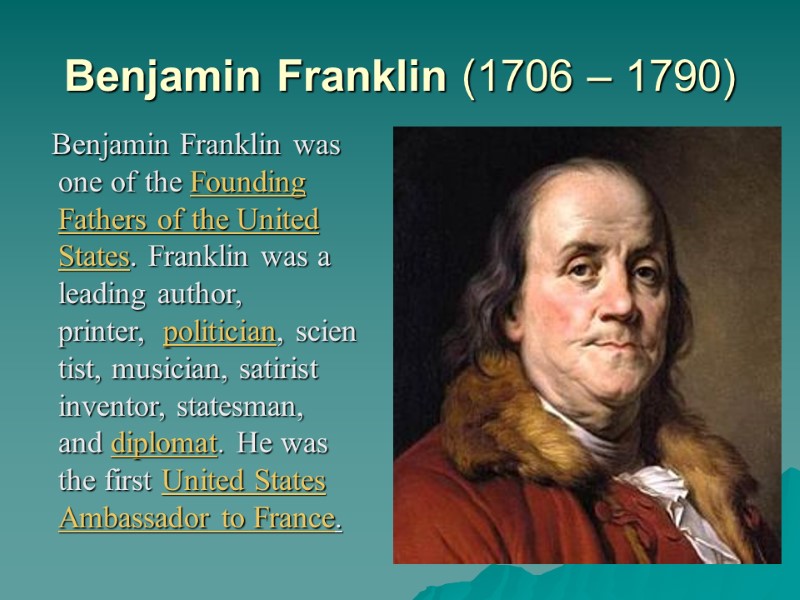
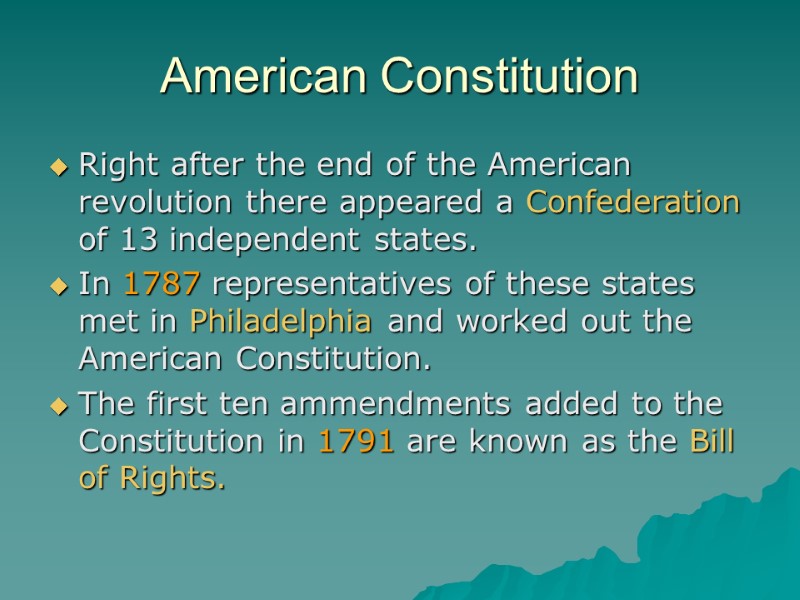
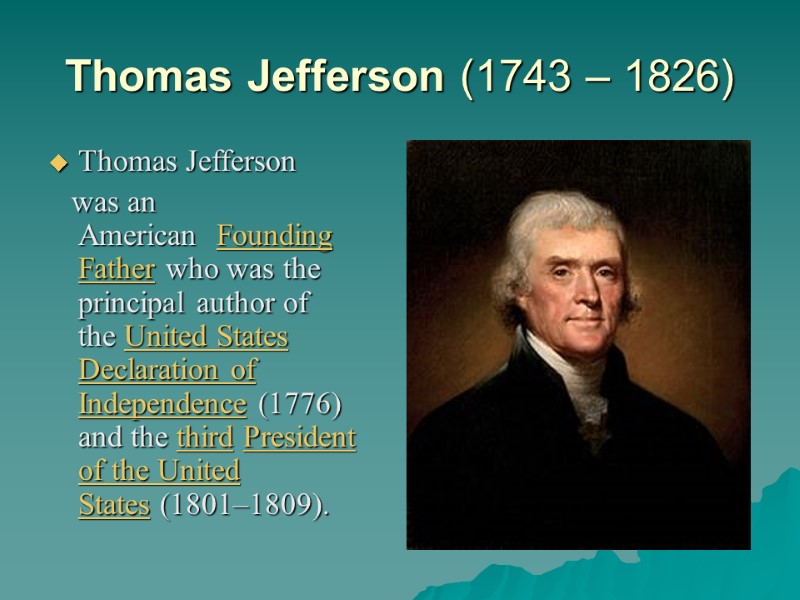
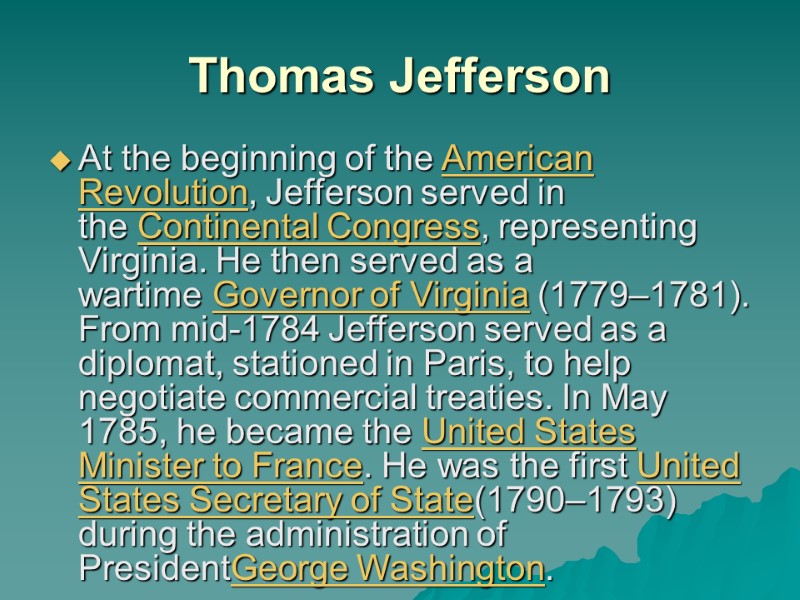
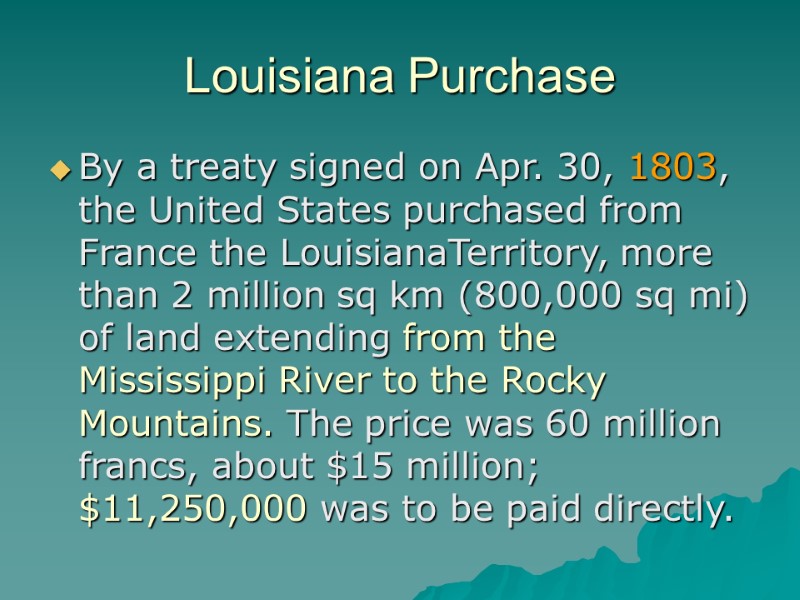
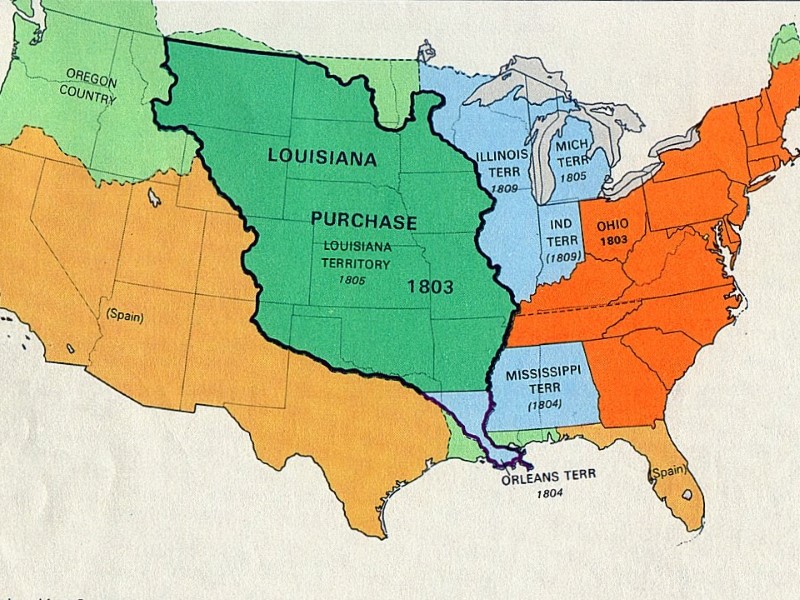
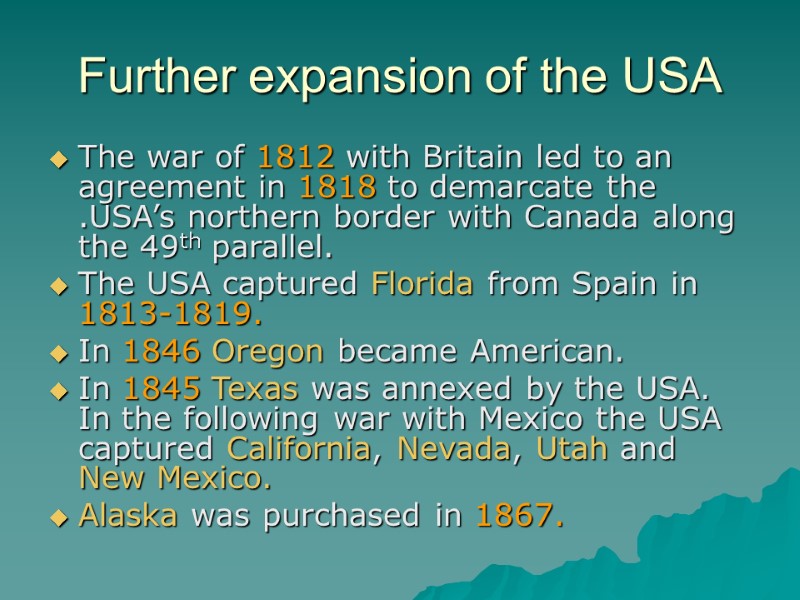
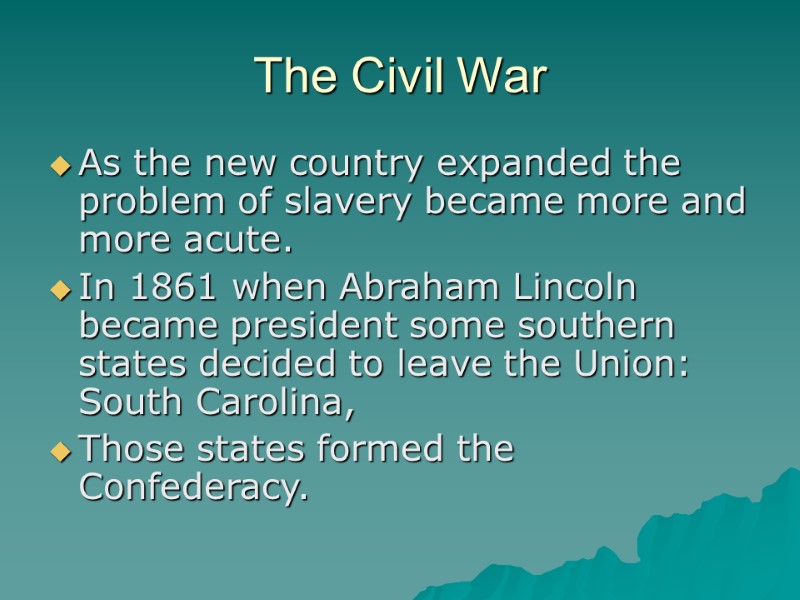
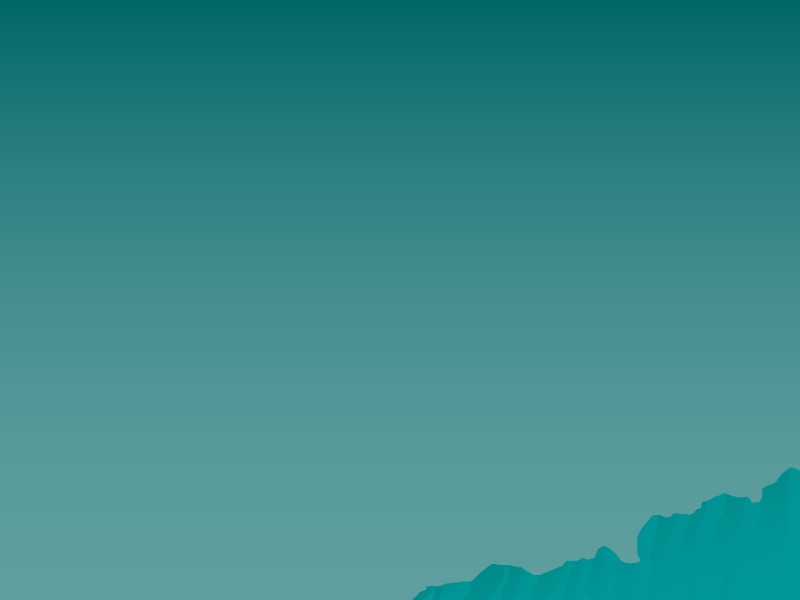
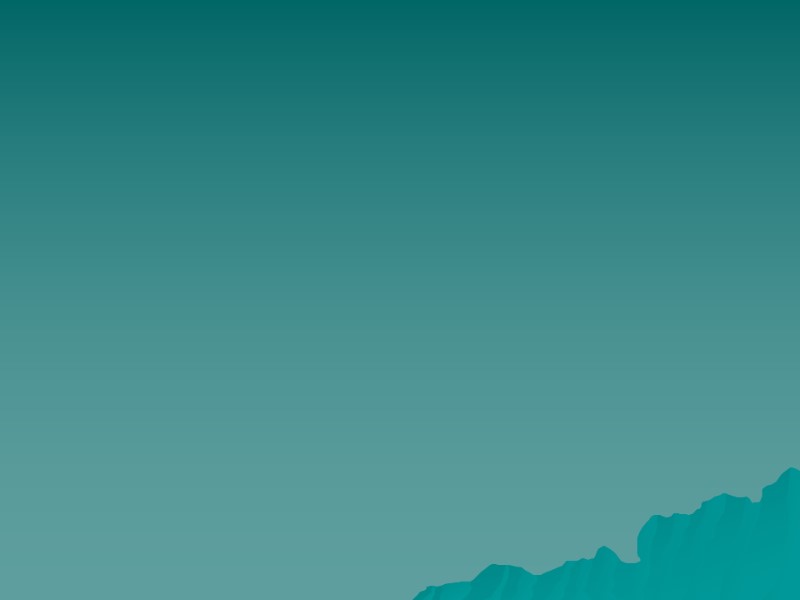
11028-history_of_the_usa_and_canada.ppt
- Количество слайдов: 53
 N.A. Sharova Regional Studies History of the USA and Canada
N.A. Sharova Regional Studies History of the USA and Canada
 European conquest of North America In 1492 Christopher Columbus ‘discovered’ America thinking it was India. Columbus’s contemporary Amerigo Vespucci made four voyages to the New World and suggested that North and South America were not part of Asia. Martin Waldseemüller named the new continent America on his world map of 1507.
European conquest of North America In 1492 Christopher Columbus ‘discovered’ America thinking it was India. Columbus’s contemporary Amerigo Vespucci made four voyages to the New World and suggested that North and South America were not part of Asia. Martin Waldseemüller named the new continent America on his world map of 1507.
 European conquest of North America The Europeans who came to America were Spanish, Portuguese, French, Dutch people. The indigenous population all became Indians, though in reality they were peoples speaking different languages and leading different ways of life, some were settled, others nomadic.
European conquest of North America The Europeans who came to America were Spanish, Portuguese, French, Dutch people. The indigenous population all became Indians, though in reality they were peoples speaking different languages and leading different ways of life, some were settled, others nomadic.
 European conquest of North America Beginning in the late 15th century, French and British expeditions explored the Atlantic coast. French fishing fleets began to sail to the Atlantic coast and into the St. Lawrence River, trading with Indians. In 1604, a North American fur trade monopoly was granted to Pierre Dugua in Canada. In 1608 Champlain founded what is now Quebec City, which became the first permanent settlement and the capital of New France.
European conquest of North America Beginning in the late 15th century, French and British expeditions explored the Atlantic coast. French fishing fleets began to sail to the Atlantic coast and into the St. Lawrence River, trading with Indians. In 1604, a North American fur trade monopoly was granted to Pierre Dugua in Canada. In 1608 Champlain founded what is now Quebec City, which became the first permanent settlement and the capital of New France.

 The thirteen colonies Britain began to colonize North America only in the beginning of the 17th century. The Thirteen Colonies were the colonies on the Atlantic coast of North America founded between 1607 (Virginia) and 1733 (Georgia).
The thirteen colonies Britain began to colonize North America only in the beginning of the 17th century. The Thirteen Colonies were the colonies on the Atlantic coast of North America founded between 1607 (Virginia) and 1733 (Georgia).
 New England Colonies Province of New Hampshire, later New Hampshire Province of Massachusetts Bay, later Massachusetts and Maine Colony of Rhode Island and Providence Plantations, later Rhode Island Connecticut Colony, later Connecticut
New England Colonies Province of New Hampshire, later New Hampshire Province of Massachusetts Bay, later Massachusetts and Maine Colony of Rhode Island and Providence Plantations, later Rhode Island Connecticut Colony, later Connecticut
![>Middle Colonies Province of New York, later New York and Vermont[3] Province of >Middle Colonies Province of New York, later New York and Vermont[3] Province of](https://present5.com/presentacii-2/20171208\11028-history_of_the_usa_and_canada.ppt\11028-history_of_the_usa_and_canada_8.jpg) Middle Colonies Province of New York, later New York and Vermont[3] Province of New Jersey, later New Jersey Province of Pennsylvania, later Pennsylvania Delaware Colony (before 1776, the Lower Counties on Delaware), later Delaware
Middle Colonies Province of New York, later New York and Vermont[3] Province of New Jersey, later New Jersey Province of Pennsylvania, later Pennsylvania Delaware Colony (before 1776, the Lower Counties on Delaware), later Delaware
 Southern Colonies Province of Maryland, later Maryland Colony and Dominion of Virginia, later Virginia, Kentucky, and West Virginia Province of North Carolina, later North Carolina and Tennessee Province of South Carolina, later South Carolina Province of Georgia, later Georgia, northern sections of Alabama and Mississippi
Southern Colonies Province of Maryland, later Maryland Colony and Dominion of Virginia, later Virginia, Kentucky, and West Virginia Province of North Carolina, later North Carolina and Tennessee Province of South Carolina, later South Carolina Province of Georgia, later Georgia, northern sections of Alabama and Mississippi

 The French and Indian war (1754 – 1763) The war was the product of an imperial struggle, a clash between France and Britain over colonial territory and wealth. Tensions between the British and French in America had been rising for some time, as each side wanted to increase its land holdings.
The French and Indian war (1754 – 1763) The war was the product of an imperial struggle, a clash between France and Britain over colonial territory and wealth. Tensions between the British and French in America had been rising for some time, as each side wanted to increase its land holdings.
 The French and Indian war After a year and a half of undeclared war, the French and the English formally declared war in May 1756. For the first three years of the war, the outnumbered French dominated the battlefield, soundly defeating the English in battles at Fort Oswego and Ticonderoga.
The French and Indian war After a year and a half of undeclared war, the French and the English formally declared war in May 1756. For the first three years of the war, the outnumbered French dominated the battlefield, soundly defeating the English in battles at Fort Oswego and Ticonderoga.
 The French and Indian war The tide turned for the British in 1758, as they began to make peace with important Indian allies and, under the direction of Lord William Pitt began adapting their war strategies to fit the territory and landscape of the American frontier. Outnumbered and outgunned by the British, the French collapsed during the years 1758-59, climaxing with a massive defeat at Quebec in September 1759.
The French and Indian war The tide turned for the British in 1758, as they began to make peace with important Indian allies and, under the direction of Lord William Pitt began adapting their war strategies to fit the territory and landscape of the American frontier. Outnumbered and outgunned by the British, the French collapsed during the years 1758-59, climaxing with a massive defeat at Quebec in September 1759.
 The French and Indian war By September 1760, the British controlled all of the North American frontier; the war between the two countries was effectively over. The 1763 Treaty of Paris, which also ended the European Seven Years War, set the terms by which France would capitulate. Under the treaty, France was forced to surrender all of her American possessions to the British and the Spanish.
The French and Indian war By September 1760, the British controlled all of the North American frontier; the war between the two countries was effectively over. The 1763 Treaty of Paris, which also ended the European Seven Years War, set the terms by which France would capitulate. Under the treaty, France was forced to surrender all of her American possessions to the British and the Spanish.

 American Revolution The American Revolutionary War (1775 – 1783) or American War of Independence began as a war between the Kingdom of Great Britain and thirteen former British colonies in North America, and concluded in a global war between several European great powers.
American Revolution The American Revolutionary War (1775 – 1783) or American War of Independence began as a war between the Kingdom of Great Britain and thirteen former British colonies in North America, and concluded in a global war between several European great powers.

 No taxation without representation The war was the culmination of the political American Revolution, whereby the colonists rejected the legitimacy of the Parliament of Great Britain to govern them without representation, claiming that this violated the Rights of Englishmen.
No taxation without representation The war was the culmination of the political American Revolution, whereby the colonists rejected the legitimacy of the Parliament of Great Britain to govern them without representation, claiming that this violated the Rights of Englishmen.
 The role of Boston Before the war, Boston had been the scene of much revolutionary activity. like Boston Tea party. The first battles of the war were fought in Boston or nearby (Bunker Hill, Lexington, Concord).
The role of Boston Before the war, Boston had been the scene of much revolutionary activity. like Boston Tea party. The first battles of the war were fought in Boston or nearby (Bunker Hill, Lexington, Concord).
 The Boston Massacre site is located directly in front of the Old State House and is marked by a circle of dark stones. Exactly at this site on March 5, 1770 an argument between Boston residents and British regulars turned violent killing five colonists.
The Boston Massacre site is located directly in front of the Old State House and is marked by a circle of dark stones. Exactly at this site on March 5, 1770 an argument between Boston residents and British regulars turned violent killing five colonists.
 Boston Tea party The men who dumped tea into Boston Harbor in 1773 were from many different backgrounds. About one-third of them were skilled artisans such as carpenters, masons and shoemakers. A much smaller number were merchants, doctors, clerks, and the like.
Boston Tea party The men who dumped tea into Boston Harbor in 1773 were from many different backgrounds. About one-third of them were skilled artisans such as carpenters, masons and shoemakers. A much smaller number were merchants, doctors, clerks, and the like.
 Boston Tea party
Boston Tea party
 The Boston Tea Party was a key event in the growth of the American Revolution. British Parliament responded in 1774 with the Coercive Acts, which, among other provisions, closed Boston's commerce until the British East India Company had been repaid for the destroyed tea.
The Boston Tea Party was a key event in the growth of the American Revolution. British Parliament responded in 1774 with the Coercive Acts, which, among other provisions, closed Boston's commerce until the British East India Company had been repaid for the destroyed tea.
 Colonists in turn responded to the Coercive Acts with additional acts of protest, and by convening the First Continental Congress, which petitioned the British monarch for repeal of the acts and coordinated colonial resistance to them.
Colonists in turn responded to the Coercive Acts with additional acts of protest, and by convening the First Continental Congress, which petitioned the British monarch for repeal of the acts and coordinated colonial resistance to them.
 In 1775, revolutionaries gained control of each of the thirteen colonial governments, set up the Second Continental Congress, and formed a Continental Army. The crisis escalated, and the American Revolutionary War began near Boston in 1775.
In 1775, revolutionaries gained control of each of the thirteen colonial governments, set up the Second Continental Congress, and formed a Continental Army. The crisis escalated, and the American Revolutionary War began near Boston in 1775.
 Concord The British marching to Concord in April 1775
Concord The British marching to Concord in April 1775
 Battles of Lexington and Concord On the night of April 18, 1775, General Gage sent 700 men to seize munitions stored by the colonial militia at Concord, Massachusetts. Riders including Paul Revere alerted the countryside, and when British troops entered Lexington on the morning of April 19, they found 77 minutemen formed up on the village green. With the Battles of Lexington and Concord, the revolutionary war had begun.
Battles of Lexington and Concord On the night of April 18, 1775, General Gage sent 700 men to seize munitions stored by the colonial militia at Concord, Massachusetts. Riders including Paul Revere alerted the countryside, and when British troops entered Lexington on the morning of April 19, they found 77 minutemen formed up on the village green. With the Battles of Lexington and Concord, the revolutionary war had begun.

 Paul Revere's Ride Henry Wadsworth Longfellow Listen my children and you shall hear Of the midnight ride of Paul Revere, On the eighteenth of April, in Seventy-five; Hardly a man is now alive Who remembers that famous day and year. He said to his friend, "If the British march By land or sea from the town to-night, Hang a lantern aloft in the belfry arch Of the North Church tower as a signal light,-- One if by land, and two if by sea; And I on the opposite shore will be, Ready to ride and spread the alarm Through every Middlesex village and farm, For the country folk to be up and to arm."
Paul Revere's Ride Henry Wadsworth Longfellow Listen my children and you shall hear Of the midnight ride of Paul Revere, On the eighteenth of April, in Seventy-five; Hardly a man is now alive Who remembers that famous day and year. He said to his friend, "If the British march By land or sea from the town to-night, Hang a lantern aloft in the belfry arch Of the North Church tower as a signal light,-- One if by land, and two if by sea; And I on the opposite shore will be, Ready to ride and spread the alarm Through every Middlesex village and farm, For the country folk to be up and to arm."
 Paul Revere’s ride
Paul Revere’s ride
 Statue of Paul Revere This Iconic statue of patriot Paul Revere, was created by American This Iconic statue of patriot Paul Revere, was created by American sculptor Cyrus Edwin Dallin. Cyrus Dallin's struggle to give Boston a monument to Paul Revere was a 58-year ordeal with a happy ending. The sculpture now crowns Boston's North End.
Statue of Paul Revere This Iconic statue of patriot Paul Revere, was created by American This Iconic statue of patriot Paul Revere, was created by American sculptor Cyrus Edwin Dallin. Cyrus Dallin's struggle to give Boston a monument to Paul Revere was a 58-year ordeal with a happy ending. The sculpture now crowns Boston's North End.
 George Washington In July 1775, newly appointed General Washington arrived outside Boston to take charge of the colonial forces and to organize the Continental Army. Realizing his army's desperate shortage of gunpowder, Washington asked for new sources. Arsenals were raided and some manufacturing was attempted; 90% of the supply (2 million pounds) was imported by the end of 1776, mostly from France.
George Washington In July 1775, newly appointed General Washington arrived outside Boston to take charge of the colonial forces and to organize the Continental Army. Realizing his army's desperate shortage of gunpowder, Washington asked for new sources. Arsenals were raided and some manufacturing was attempted; 90% of the supply (2 million pounds) was imported by the end of 1776, mostly from France.
 The role of France in the war France provided supplies, ammunition and weapons to the rebels from 1776, and the Continentals' victory at Saratoga over a British army in 1777 led France to enter the war in early 1778, which evened the military strength with Britain. Spain and the Dutch Republic – French allies – also went to war with Britain over the next two years, threatening an invasion of England and severely testing British military strength with campaigns in Europe — including attacks on Minorca and Gibraltar — and an escalating global naval war.
The role of France in the war France provided supplies, ammunition and weapons to the rebels from 1776, and the Continentals' victory at Saratoga over a British army in 1777 led France to enter the war in early 1778, which evened the military strength with Britain. Spain and the Dutch Republic – French allies – also went to war with Britain over the next two years, threatening an invasion of England and severely testing British military strength with campaigns in Europe — including attacks on Minorca and Gibraltar — and an escalating global naval war.
 American Revolution All hope of a British victory ended in October 1781 when Lord Cornwallis was forced to surrender at Yorktown, Virginia. In 1782 a provisional agreement was signed between the British and the Americans. In 1783 the Treaty of Paris was signed. American Revolution became possible due to several outstanding people: G. Washington, Th. Jefferson, B. Franklin.
American Revolution All hope of a British victory ended in October 1781 when Lord Cornwallis was forced to surrender at Yorktown, Virginia. In 1782 a provisional agreement was signed between the British and the Americans. In 1783 the Treaty of Paris was signed. American Revolution became possible due to several outstanding people: G. Washington, Th. Jefferson, B. Franklin.
 Results of the American revolution Treaty of Paris (1783) Britain recognizes independence of the United States, cedes East Florida, West Florida, and Minorca to Spain and Tobago to France.
Results of the American revolution Treaty of Paris (1783) Britain recognizes independence of the United States, cedes East Florida, West Florida, and Minorca to Spain and Tobago to France.
 Canada and American Revolution During the American Revolution there was some sympathy for the American cause among theCanadiens . When the British evacuated New York City in 1783, they took many Loyalist refugees to Nova Scotia, while other Loyalists went to southwestern Quebec. So many Loyalists arrived on the shores of the St. John River that a separate colony—New Brunswick—was created in 1784 In 1791 Quebec was divided into the Lower Canada (French Canada) along the St. Lawrence River and an anglophone loyalist Upper Canada, with its capital settled by 1796 in present-day Toronto.
Canada and American Revolution During the American Revolution there was some sympathy for the American cause among theCanadiens . When the British evacuated New York City in 1783, they took many Loyalist refugees to Nova Scotia, while other Loyalists went to southwestern Quebec. So many Loyalists arrived on the shores of the St. John River that a separate colony—New Brunswick—was created in 1784 In 1791 Quebec was divided into the Lower Canada (French Canada) along the St. Lawrence River and an anglophone loyalist Upper Canada, with its capital settled by 1796 in present-day Toronto.
 George Washington (1732-1799)
George Washington (1732-1799)
 G. Washington was a commander of the Revolutionary Army, presided over the Constitutional Convention and became the first President of the USA in 1789.
G. Washington was a commander of the Revolutionary Army, presided over the Constitutional Convention and became the first President of the USA in 1789.
 Washington and Lafayette look over the troops at Valley Forge.
Washington and Lafayette look over the troops at Valley Forge.
 Today, Washington's face and image are often used as national symbols of the United States, along with the icons such as the flag and great seal. Washington, together with Theodore Roosevelt, Thomas Jefferson, and Abraham Lincoln, is depicted in stone at the Mount Rushmore Memorial.
Today, Washington's face and image are often used as national symbols of the United States, along with the icons such as the flag and great seal. Washington, together with Theodore Roosevelt, Thomas Jefferson, and Abraham Lincoln, is depicted in stone at the Mount Rushmore Memorial.
 Mount Rushmore Memorial.
Mount Rushmore Memorial.
 Washington's name became that of the nation's capital, Washington, D.C. (The capital moved from Philadelphia to Washington D.C. in 1800. The state of Washington is the only state to be named after an American The Washington Monument, one of the most well-known American landmarks, was built in his honor.
Washington's name became that of the nation's capital, Washington, D.C. (The capital moved from Philadelphia to Washington D.C. in 1800. The state of Washington is the only state to be named after an American The Washington Monument, one of the most well-known American landmarks, was built in his honor.
 The Washington Monument It is an obelisk on theNational Mall in Washington, D.C., built to commemorate the first US president, General George Washington. The monument, made of marble, granite, is both the world's tallest stone structure and the world's tallest obelisk, (169.294 m) Construction of the monument began in 1848, and was finally completed in 1884.
The Washington Monument It is an obelisk on theNational Mall in Washington, D.C., built to commemorate the first US president, General George Washington. The monument, made of marble, granite, is both the world's tallest stone structure and the world's tallest obelisk, (169.294 m) Construction of the monument began in 1848, and was finally completed in 1884.
 Benjamin Franklin (1706 – 1790) Benjamin Franklin was one of the Founding Fathers of the United States. Franklin was a leading author, printer, politician, scientist, musician, satirist inventor, statesman, and diplomat. He was the first United States Ambassador to France.
Benjamin Franklin (1706 – 1790) Benjamin Franklin was one of the Founding Fathers of the United States. Franklin was a leading author, printer, politician, scientist, musician, satirist inventor, statesman, and diplomat. He was the first United States Ambassador to France.
 American Constitution Right after the end of the American revolution there appeared a Confederation of 13 independent states. In 1787 representatives of these states met in Philadelphia and worked out the American Constitution. The first ten ammendments added to the Constitution in 1791 are known as the Bill of Rights.
American Constitution Right after the end of the American revolution there appeared a Confederation of 13 independent states. In 1787 representatives of these states met in Philadelphia and worked out the American Constitution. The first ten ammendments added to the Constitution in 1791 are known as the Bill of Rights.
 Thomas Jefferson (1743 – 1826) Thomas Jefferson was an American Founding Father who was the principal author of the United States Declaration of Independence (1776) and the third President of the United States (1801–1809).
Thomas Jefferson (1743 – 1826) Thomas Jefferson was an American Founding Father who was the principal author of the United States Declaration of Independence (1776) and the third President of the United States (1801–1809).
 Thomas Jefferson At the beginning of the American Revolution, Jefferson served in the Continental Congress, representing Virginia. He then served as a wartime Governor of Virginia (1779–1781). From mid-1784 Jefferson served as a diplomat, stationed in Paris, to help negotiate commercial treaties. In May 1785, he became the United States Minister to France. He was the first United States Secretary of State(1790–1793) during the administration of PresidentGeorge Washington.
Thomas Jefferson At the beginning of the American Revolution, Jefferson served in the Continental Congress, representing Virginia. He then served as a wartime Governor of Virginia (1779–1781). From mid-1784 Jefferson served as a diplomat, stationed in Paris, to help negotiate commercial treaties. In May 1785, he became the United States Minister to France. He was the first United States Secretary of State(1790–1793) during the administration of PresidentGeorge Washington.
 Louisiana Purchase By a treaty signed on Apr. 30, 1803, the United States purchased from France the LouisianaTerritory, more than 2 million sq km (800,000 sq mi) of land extending from the Mississippi River to the Rocky Mountains. The price was 60 million francs, about $15 million; $11,250,000 was to be paid directly.
Louisiana Purchase By a treaty signed on Apr. 30, 1803, the United States purchased from France the LouisianaTerritory, more than 2 million sq km (800,000 sq mi) of land extending from the Mississippi River to the Rocky Mountains. The price was 60 million francs, about $15 million; $11,250,000 was to be paid directly.

 Further expansion of the USA The war of 1812 with Britain led to an agreement in 1818 to demarcate the .USA’s northern border with Canada along the 49th parallel. The USA captured Florida from Spain in 1813-1819. In 1846 Oregon became American. In 1845 Texas was annexed by the USA. In the following war with Mexico the USA captured California, Nevada, Utah and New Mexico. Alaska was purchased in 1867.
Further expansion of the USA The war of 1812 with Britain led to an agreement in 1818 to demarcate the .USA’s northern border with Canada along the 49th parallel. The USA captured Florida from Spain in 1813-1819. In 1846 Oregon became American. In 1845 Texas was annexed by the USA. In the following war with Mexico the USA captured California, Nevada, Utah and New Mexico. Alaska was purchased in 1867.
 The Civil War As the new country expanded the problem of slavery became more and more acute. In 1861 when Abraham Lincoln became president some southern states decided to leave the Union: South Carolina, Those states formed the Confederacy.
The Civil War As the new country expanded the problem of slavery became more and more acute. In 1861 when Abraham Lincoln became president some southern states decided to leave the Union: South Carolina, Those states formed the Confederacy.



